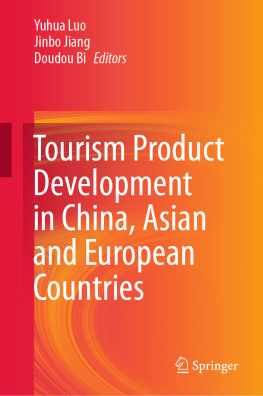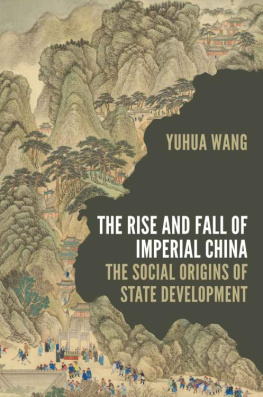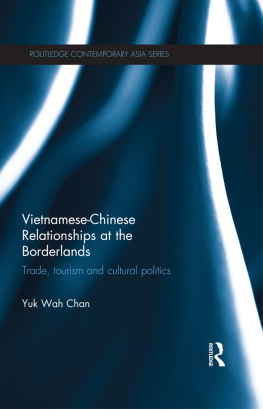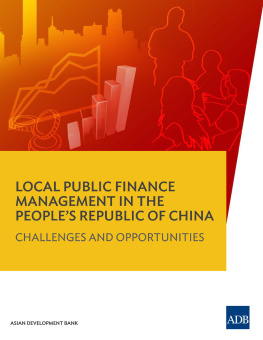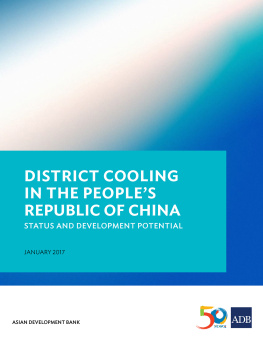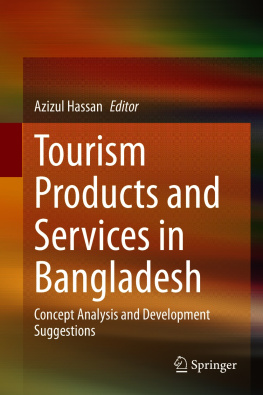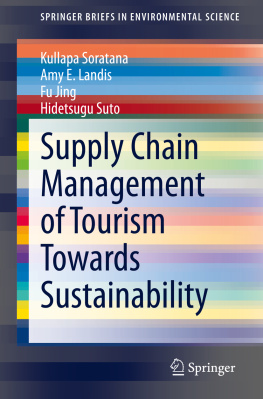Yuhua Luo - Tourism Product Development in China, Asian and European Countries
Here you can read online Yuhua Luo - Tourism Product Development in China, Asian and European Countries full text of the book (entire story) in english for free. Download pdf and epub, get meaning, cover and reviews about this ebook. year: 2020, publisher: Springer Singapore, genre: Politics. Description of the work, (preface) as well as reviews are available. Best literature library LitArk.com created for fans of good reading and offers a wide selection of genres:
Romance novel
Science fiction
Adventure
Detective
Science
History
Home and family
Prose
Art
Politics
Computer
Non-fiction
Religion
Business
Children
Humor
Choose a favorite category and find really read worthwhile books. Enjoy immersion in the world of imagination, feel the emotions of the characters or learn something new for yourself, make an fascinating discovery.
- Book:Tourism Product Development in China, Asian and European Countries
- Author:
- Publisher:Springer Singapore
- Genre:
- Year:2020
- Rating:5 / 5
- Favourites:Add to favourites
- Your mark:
- 100
- 1
- 2
- 3
- 4
- 5
Tourism Product Development in China, Asian and European Countries: summary, description and annotation
We offer to read an annotation, description, summary or preface (depends on what the author of the book "Tourism Product Development in China, Asian and European Countries" wrote himself). If you haven't found the necessary information about the book — write in the comments, we will try to find it.
Yuhua Luo: author's other books
Who wrote Tourism Product Development in China, Asian and European Countries? Find out the surname, the name of the author of the book and a list of all author's works by series.
Tourism Product Development in China, Asian and European Countries — read online for free the complete book (whole text) full work
Below is the text of the book, divided by pages. System saving the place of the last page read, allows you to conveniently read the book "Tourism Product Development in China, Asian and European Countries" online for free, without having to search again every time where you left off. Put a bookmark, and you can go to the page where you finished reading at any time.
Font size:
Interval:
Bookmark:
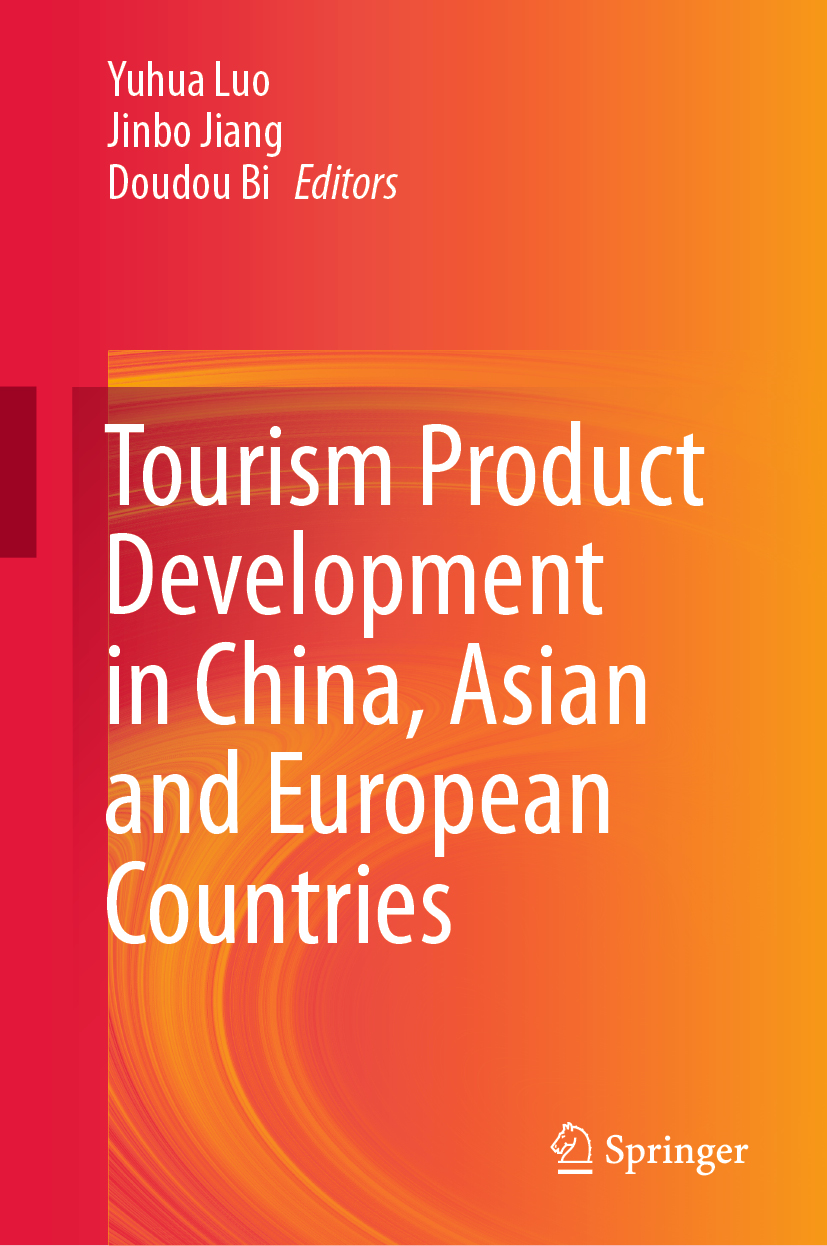

This Springer imprint is published by the registered company Springer Nature Singapore Pte Ltd.
The registered company address is: 152 Beach Road, #21-01/04 Gateway East, Singapore 189721, Singapore
This proceedings book is a collection of the selected papers of the 9th International Conference on Tourism and Hospitality between China and Spain ( www.china-spain.org ) held in Barcelona, September 30October 2, 2019.
Among many papers presented in the conference we chose a special set of papers that are concentrated on the development of tourism products. The book covers the entire chain of tourism product business process including market analysis, product positioning, marketing and sales, etc.
Many papers in this book use both cutting-edge IT technology tools and advanced methodology to analyse some typical tourism products and the factors that affect them. AI, big data processing, data mining, visual content analysis, etc. are among those cutting-edge technological tools applied to the studies in this book.
To identify the sustainable tourism products, a chapter describes the result of a survey of literature published in a sustainable tourism products journal. The authors discovered ten most popular forms of sustainable tourism products. Data visualisation techniques are applied in their study for the analysis.
Tourism products under analysis in the book include products from food tourism, cruise tourism, medical tourism, youth adventure tourism, coastal destination tourism, cultural and religion tourism, etc.
A couple of chapters of this book look at the tourism products in a geographic area with a much-detailed scale. The regional policy, promotion media for these products are also studied. Guangdong-Hong Kong-Macao Greater Bay is one of these geographic areas. Some high-end tourism products and intelligent tourism products have been identified. Caribbean, Tibet, Barcelona, Majorca are also among the areas our authors paid special attention to. Each area has its own set of favourable tourism products to match the specific features of the area.
Two chapters in the book concern the medical tourism. One is about the progress and impacts of the so-called fertility tourism after the end of the one-child policy in China. This opens some new market possibilities in the destination countries. Another chapter discusses how to explore the development of tourism products with traditional Chinese medicine to satisfy the increasing demand.
To study the destination image for tourism product marketing is one of the topics the book addresses. The image of a tourist destination should be thoroughly investigated before product positioning attempts are undertaken. Two chapters analyse the images of Caribbean area and Barcelona city, respectively, among the Chinese tourists. The strategies of how to position the tourism products in these destinations are discussed.
The tourism product pricing is a vital element in the product process chain. One chapter of the book compares the prices of cruise tourism products in China and Spain. A large amount of cruise price information has been collected using big data. Hedonic approach is applied in the study. The outcome of the study helps to improve the pricing of the cruise tourism products.
There is one chapter dedicated to an in-depth analysis for one particular tourism productthe youth adventure tourism in the authors countryBangladesh. The inherited traditions, behavioural and societal values, family traditions, etc. of the target group have been studied to analyse their travel motivation.
To find out the relationship between the regional tourism innovation ability and the new tourism product creation, one chapter studies the tourism innovation ability data of 31 provinces in China from 2000 to 2016. The spatial, temporal patterns and the evolution characteristics of tourism innovation ability have been obtained.
One chapter examines the role of tourism products for promoting the destination image through social media. The authors tried to identify the factors that have impacts on their home country Irans image as a tourism destination. The result shows that Instagram can be considered as an effective visual tool for promoting the inbound tourism.
The close relationship between the economic and tourism product development can be seen clearly from a chapter concerning the pro-poor tourism products. Such relationship can also be seen from another chapter which studies a special phenomenonthe tourism islanding effect that affects the economic development of surrounding areas of tourism hot spots.
We hope that this book can provide an in-depth insight about the tourism products in China, Asia and European countries. China is currently positioning tourism as a dominant industry in certain areas by integrating regional resources to coordinate the economic and social development. This has been considered as one of the national strategies. Spain is a traditional tourism country and plays an important role in the tourism development in the world. We believe that the experience and research outcomes presented in this book can benefit the two countries and other areas in the world. The series of our conferences ( www.china-spain.org ) has been contributing and will continue to contribute along this direction.
Editors
Font size:
Interval:
Bookmark:
Similar books «Tourism Product Development in China, Asian and European Countries»
Look at similar books to Tourism Product Development in China, Asian and European Countries. We have selected literature similar in name and meaning in the hope of providing readers with more options to find new, interesting, not yet read works.
Discussion, reviews of the book Tourism Product Development in China, Asian and European Countries and just readers' own opinions. Leave your comments, write what you think about the work, its meaning or the main characters. Specify what exactly you liked and what you didn't like, and why you think so.

